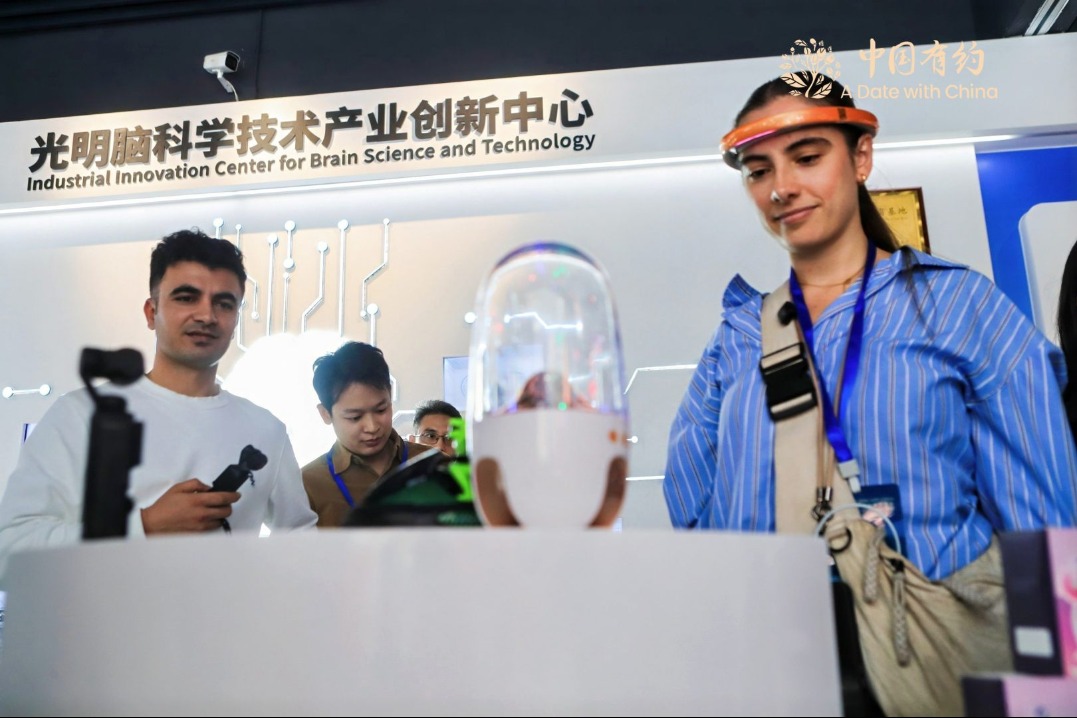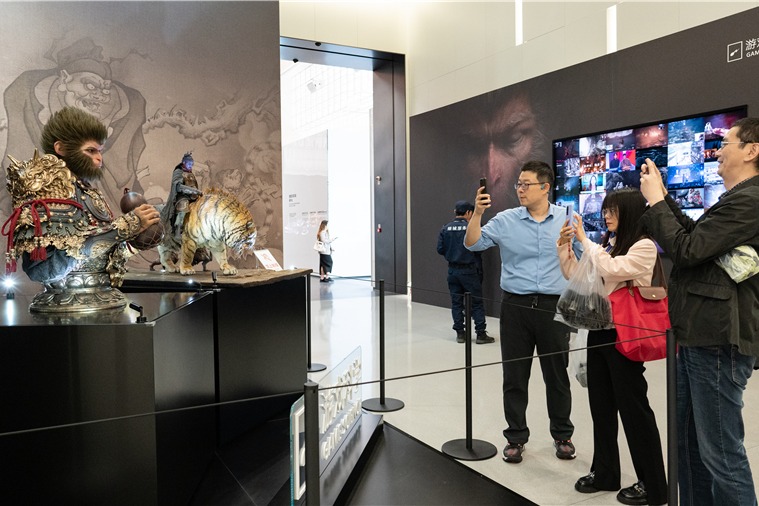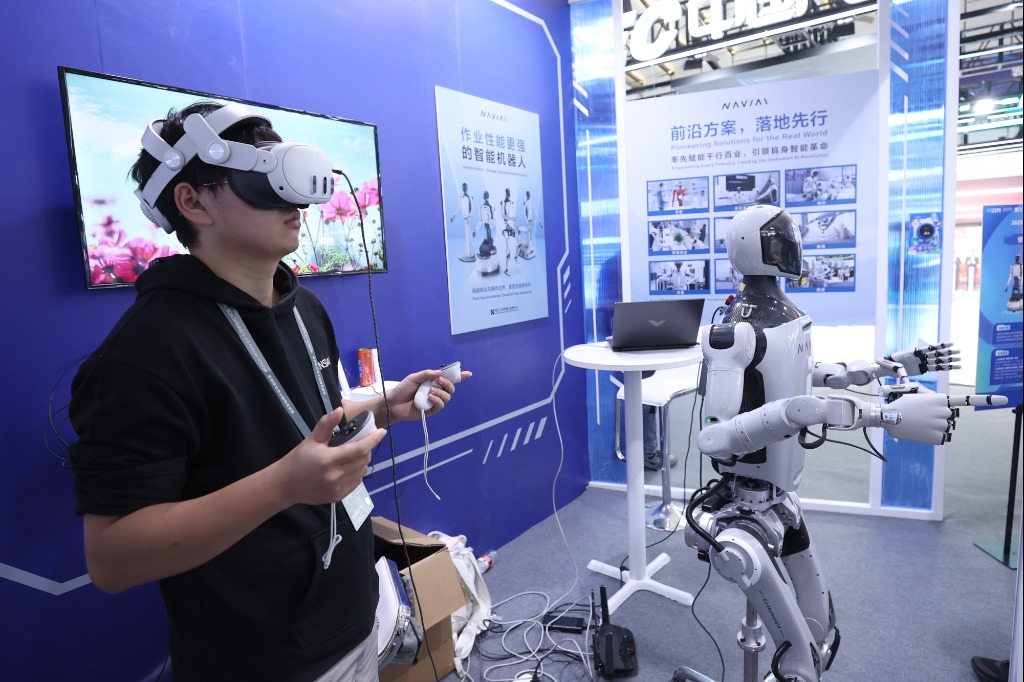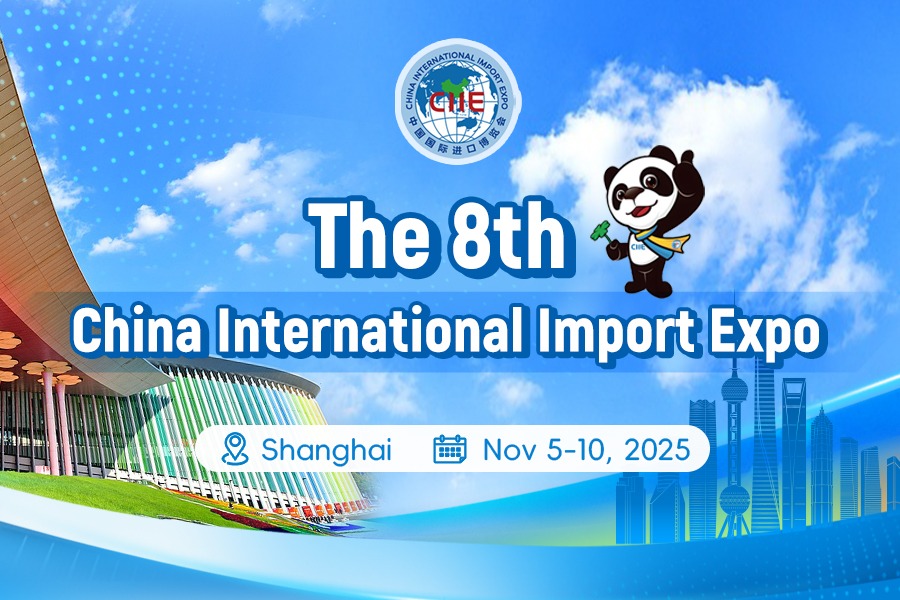Exploring 'no man's zone' of glass-making science
Skilled engineering, innovation come together to reimagine key material


"The R&D on glass is like a marathon," said Cao Xin, deputy director of the State key laboratory for advanced glass materials, operated by the institute. "Turning something rigid into something flexible is not just a material change, it's an entire chain of innovation."
According to Cao, that chain runs deep, from structural redesign at the molecular level, to new chemical thinning and strengthening processes, to cutting-edge manufacturing equipment developed in parallel.
Each advance, Cao noted, meant solving microscopic problems under macroscopic pressure. "We had to improve defect tolerance by 10 to 20 times, surface flatness by over 10 times — and every micron of progress was hard-won."
In 2020, after countless trials, the institute succeeded in producing its signature 30-micron glass — building an entirely domestic, end-to-end supply chain to make it at scale.
Beyond foldable phones, the institute has quietly been building a catalog of what it calls "black technologies" — deep-tech innovations that quietly power the cutting edge.
For instance, hollow glass microspheres that help deep-sea probes rise from the ocean floor, cadmium telluride solar glass that can harvest power even under dim indoor light, and borosilicate tubes that safely store vaccines.
These innovations aren't just lab curiosities. They're already in use across sectors ranging from clean energy and aerospace to semiconductors and biomedicine.
In late 2024, the world's first 8.6-generation ultra-thin OLED float glass substrate rolled off the production line in Bengbu — once again placing China at the forefront of display materials technology.
Looking ahead, the institute has no intention of slowing down.
Liu said: "We're still exploring the 'no man's zone' of glass science. There are entire frontiers we haven't reached — in flexible electronics, aerospace-grade materials, and smart energy."
From thousands of experiments in the lab to precise calibrations on the production line to stunning product reveals globally, the journey of a single sheet of glass in Bengbu mirrors something larger.
Industry experts said that China's high-stakes pursuit of innovation, and its ability to stretch limits, both literally and metaphorically, highlight the enormous potential of what its industries can achieve.
As Liu put it: "What we're doing here isn't just bending glass. We're bending the future."
Contact the writers at chengyu@chinadaily.com.cn




































